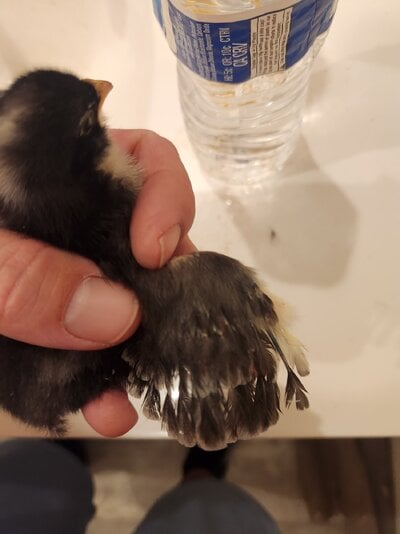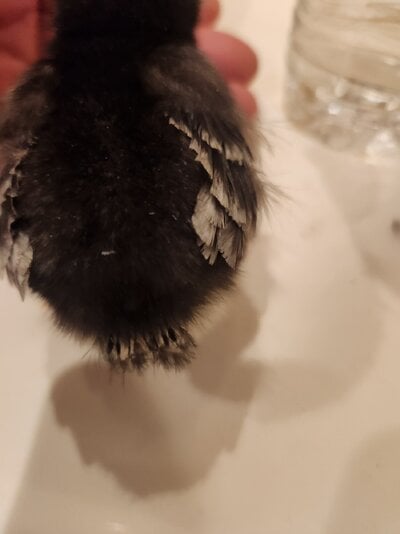- Thread starter
- #11
J-Habs
Chirping
- Aug 28, 2023
- 105
- 90
- 79
UPDATE! 1 day later, and the one I have suspected might be a female sure looks like a female according to feather sexing. It has what appears to be 2 rows of wing feathers and obvious tale feathers. The other two have neither. Also, the spot on the head is much bigger and more pronounced. Kind of like a streak instead of a spot. This might be breaking the rukes of sexing, but it sure looks like a female to me otherwise. All three chicks have same mom and dad. Any thoughts?







